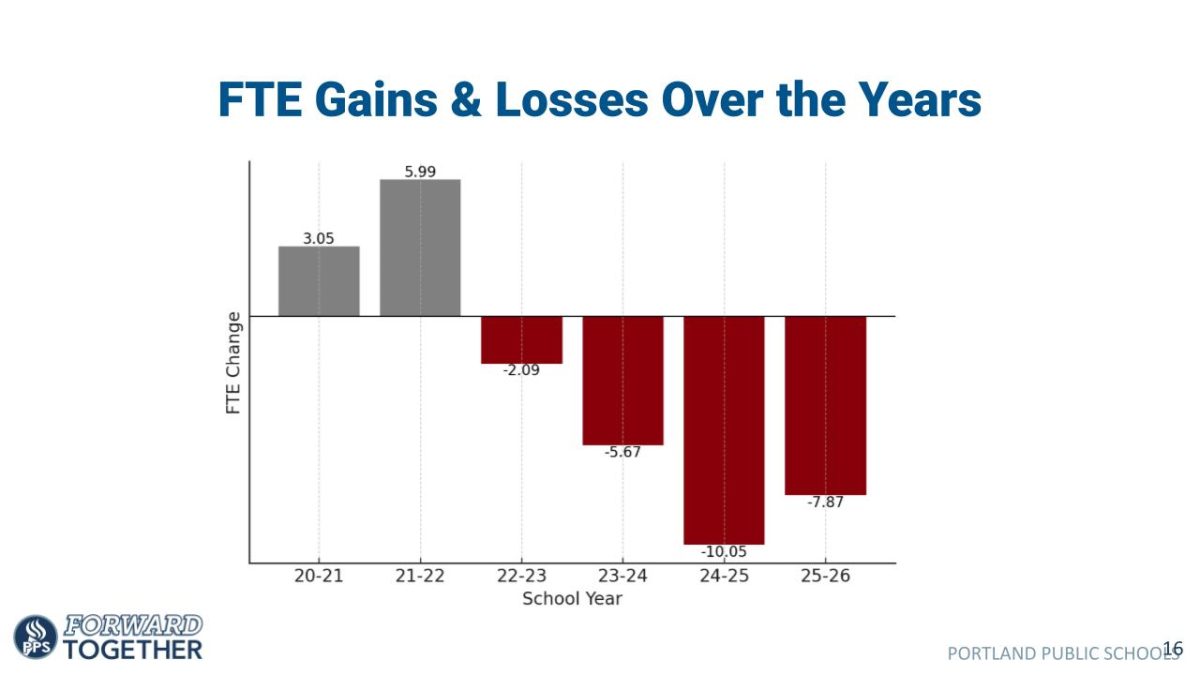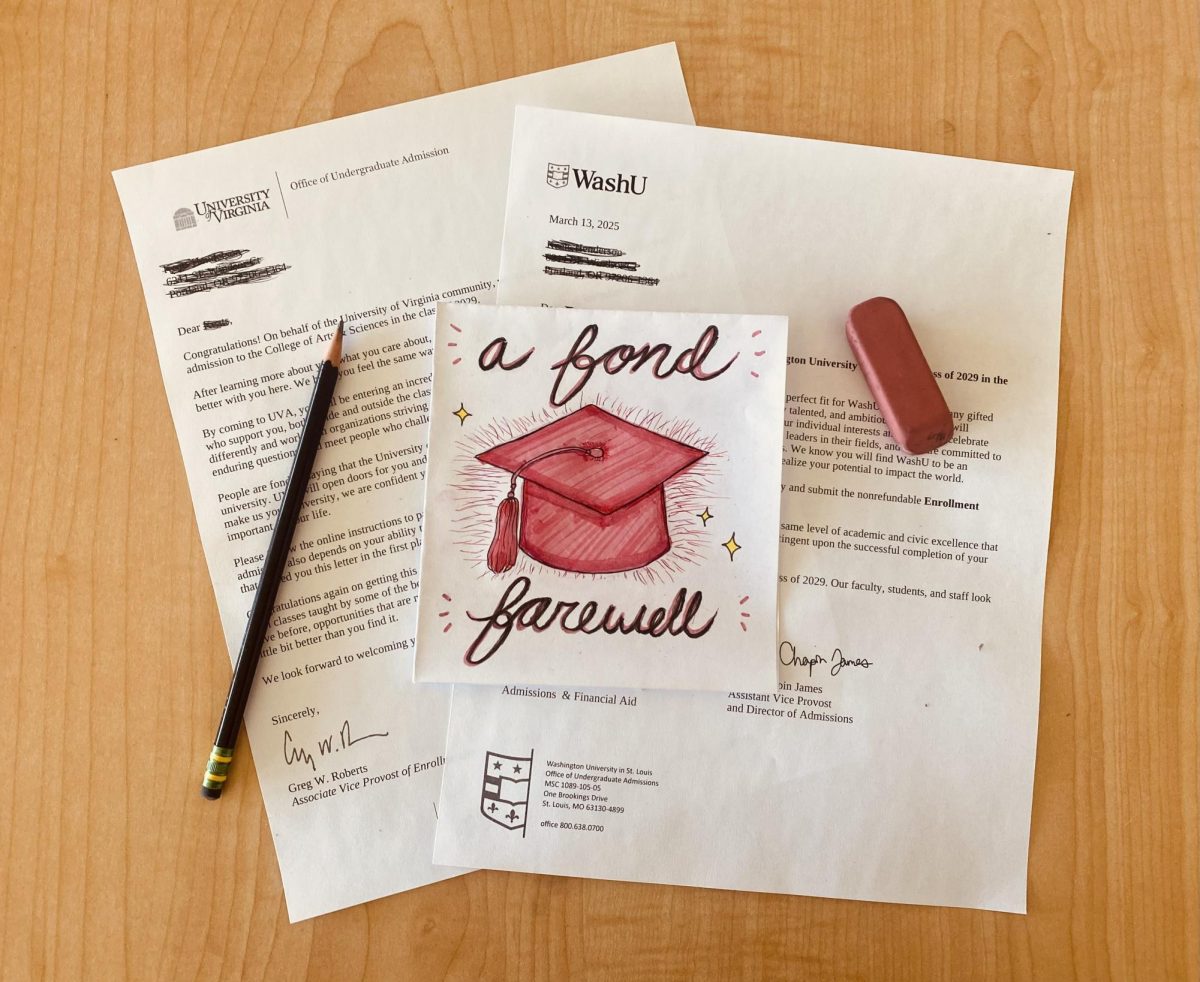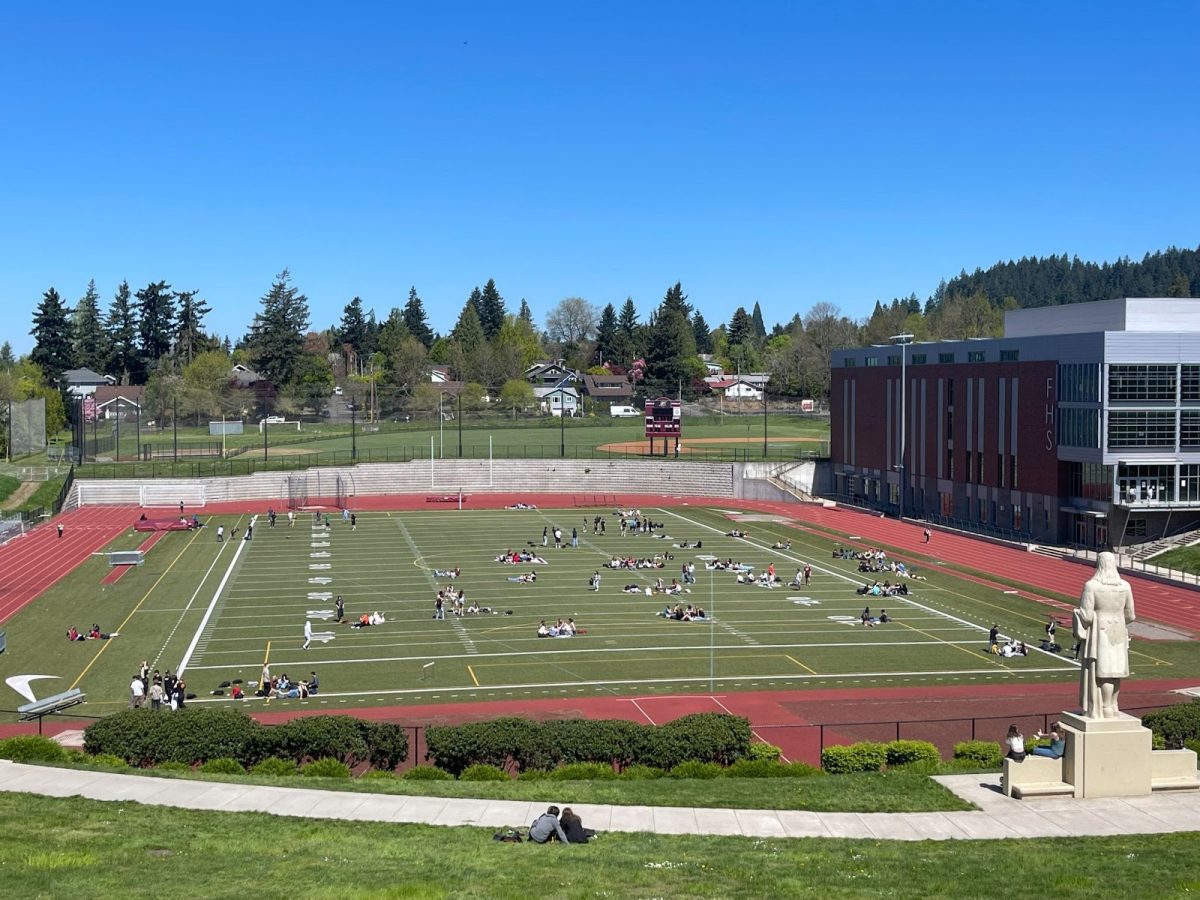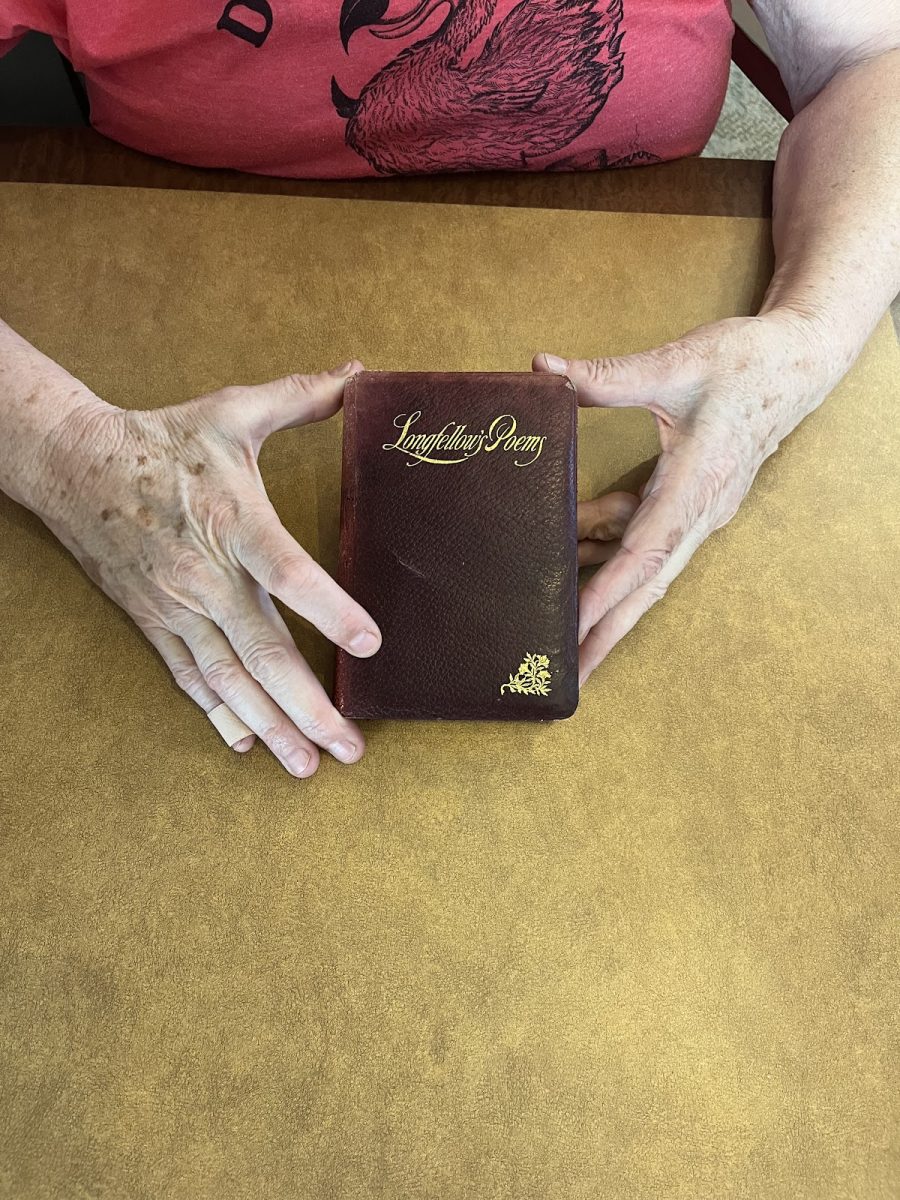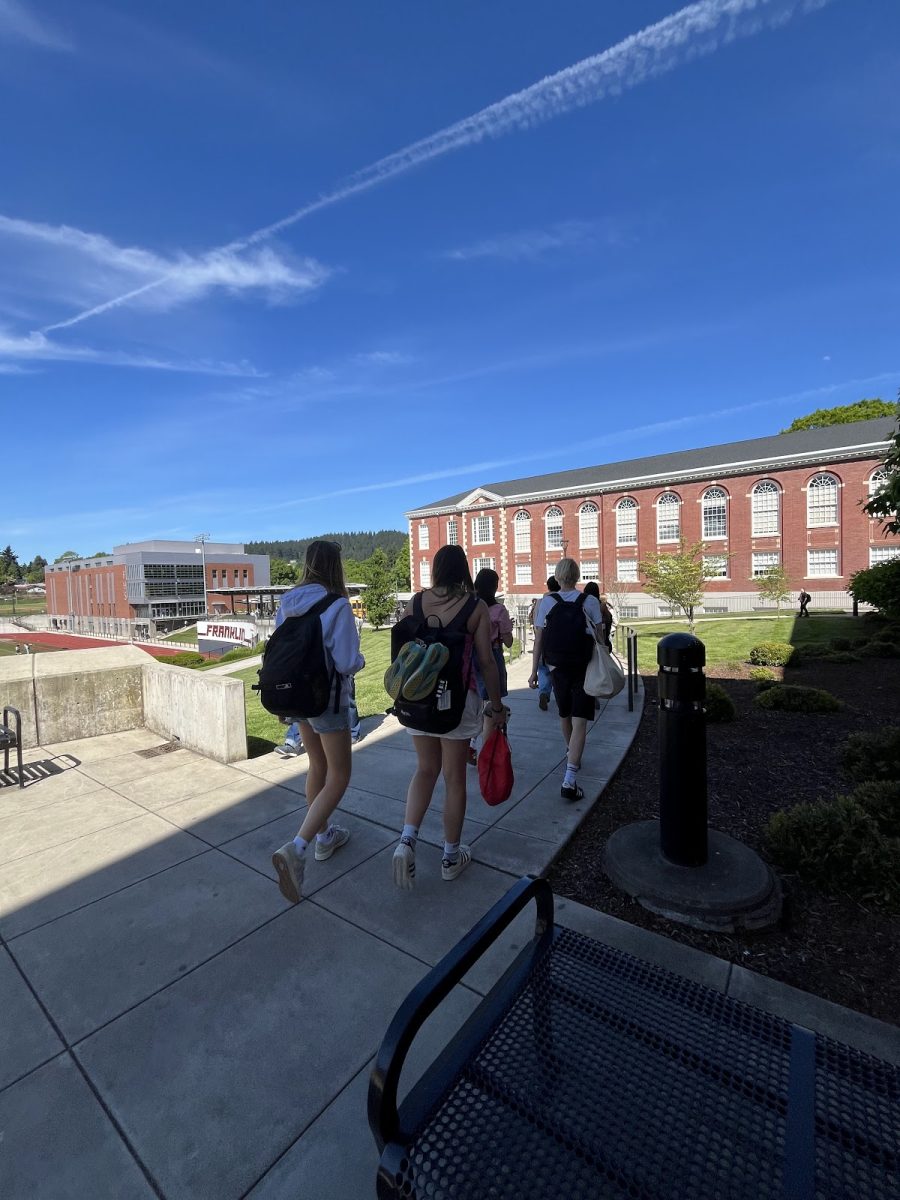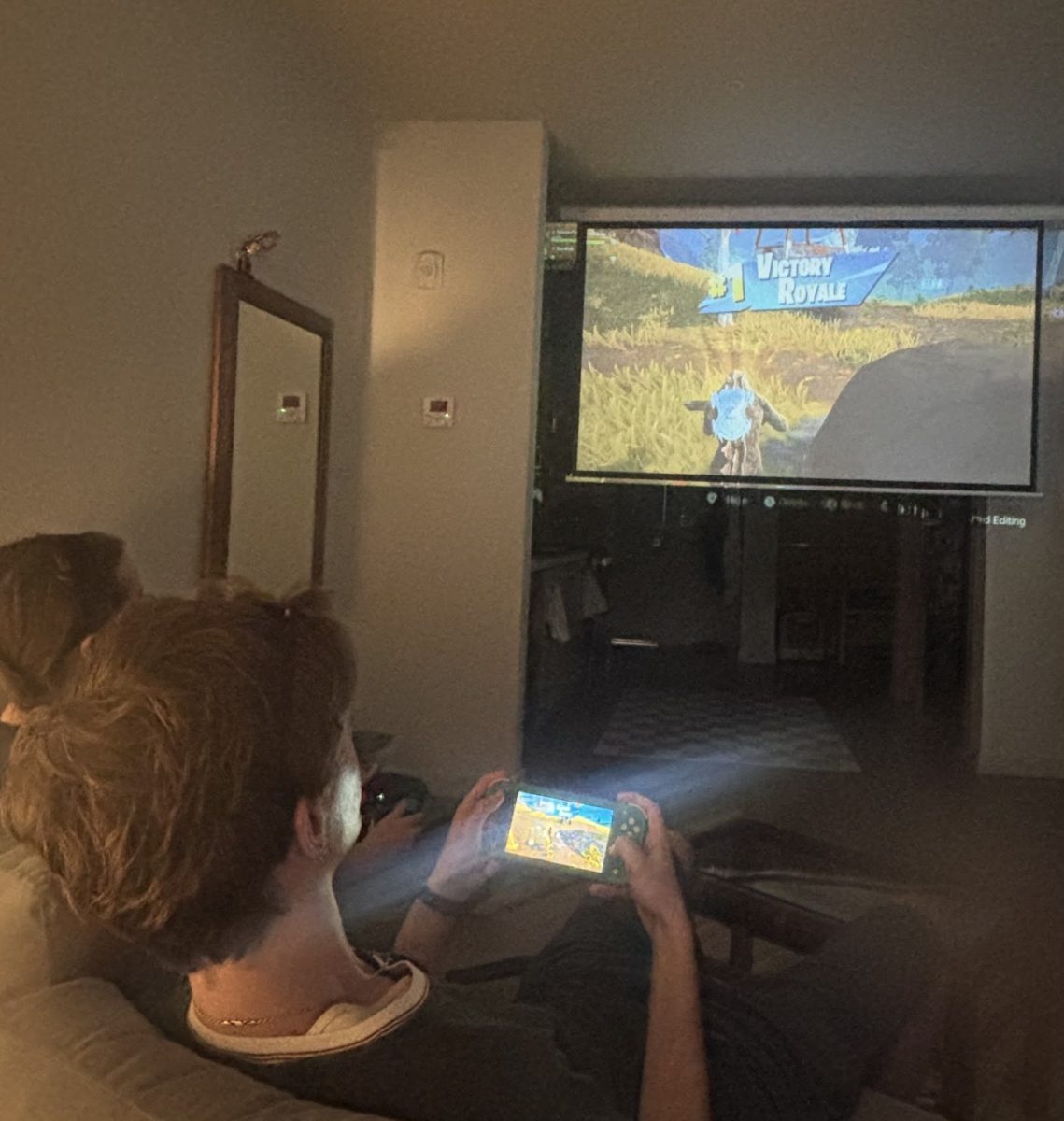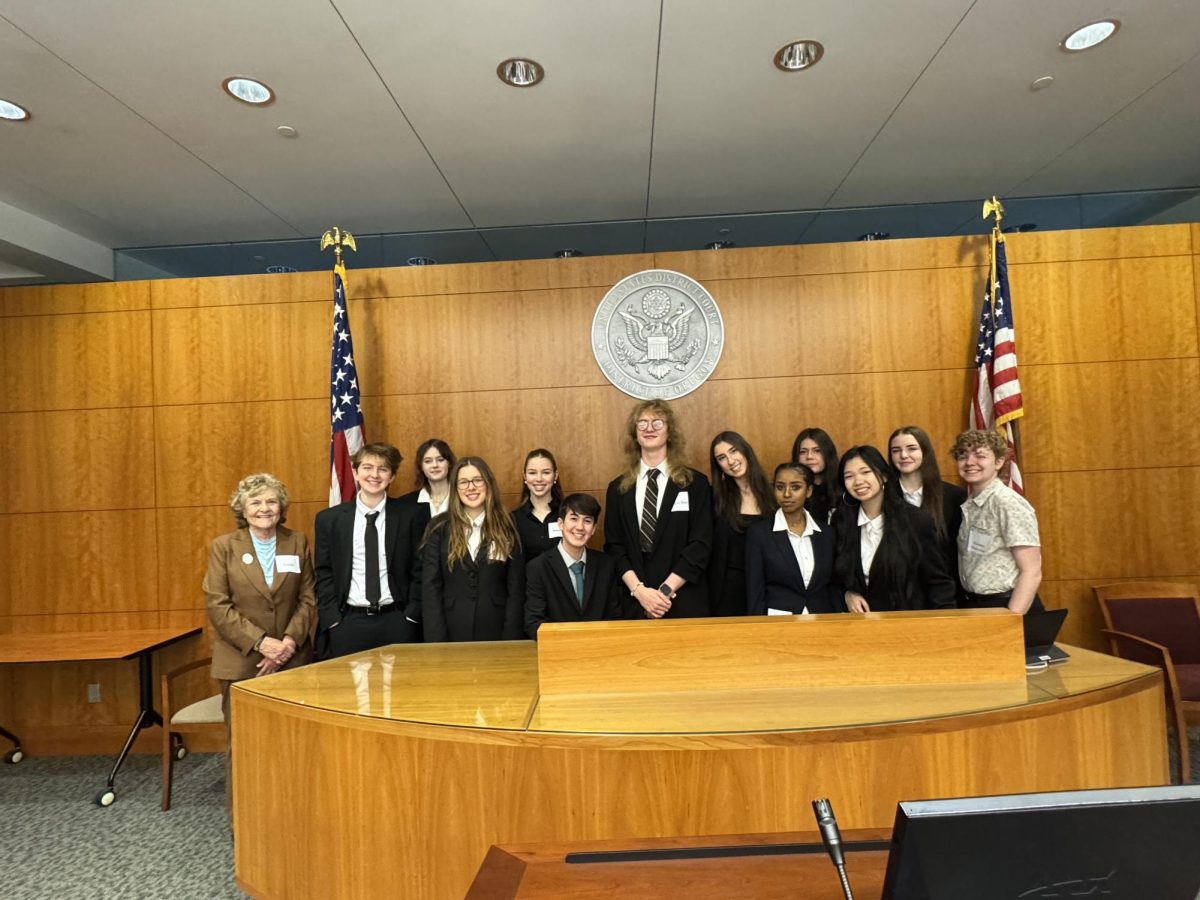Sharon Reese, Chief of Human Resources for Portland Public Schools (PPS), sent an email to teachers about the legality of planning sick calls together on the night of Wednesday, Jan. 12, against the guidance of members of the Portland Association of Teachers (PAT), the district’s teachers union. The response has led to an outcry from teachers and members of the PAT about the timing and the sensitivity of the message. One teacher suggested that Reese send an email to PAT members apologizing for the email.
“It is discouraging to have to send this message to all staff when the vast majority are showing up as you can and taking approved leave when you need to do so,” wrote the official, “but we are getting regular reports of educators being asked by colleagues to call-in sick [often referred to as a “sick-out”] with the intention of causing the district to close schools.”
Before the email went to teachers, it was sent to PAT members for their advice. PAT President Elizabeth Thiel “let the district know that if their attention was to be supportive of educators, this would do the opposite,” adding that “…if you have a student who you believe broke a rule, you go directly to that student and find out the truth. You don’t put the entire classroom on blast or accuse everybody of doing something.” The district chose to send teachers the message anyway.
Multiple teachers at Cleveland were gauging interest in a potential sick-out before the school moved to temporary distance learning (TDL), according to reports from teachers in a Jan. 11 article by Portland Monthly. One anonymous teacher at Franklin said that they’d “heard rumors” about sick-outs at some schools, but that it had not been confirmed. “Nobody’s communicating about sickouts,” said another teacher.
“I cannot speak to the actions or words of an individual person,” says Thiel, “[but] I know as a union, we absolutely have not coordinated sick-outs.” She adds that the PAT has “encouraged people to use their leave appropriately under the guidelines of the Oregon Health Authority [OHA] and stay home if [they] have symptoms of COVID.”
“Portland Public Schools is actively looking into the incidents referenced in the email to PAT educators and cannot share more detailed information at this time,” wrote PPS Chief of Staff Jonathan Garcia in a statement within nine days of the email being sent when reached for comment by the Franklin Post.
“What I can’t comment on are some limited investigations where there might be instances where there was some level of staff organization,” said PPS Superintendent Guadalupe Guerrero in an interview with OPB on Jan. 24. “I don’t think that’s the general norm for any patterns of staff absences that we see. It’s important that all of our employees understand some of the contractual obligations in that area.”
Teachers in other districts have refused on a large scale to go to school until safety measures are improved. In Chicago, schools moved to distance learning for multiple days due to resistance from the Chicago Teachers Union (CTU). Only 10% of teachers in Chicago Public Schools (CPS) went to school on Jan. 5 after a union vote against in-person schooling, and 20% of teachers in San Francisco’s largest district were absent for a Jan. 6 sick-out. “Our expectation is for schools to be open full-time for students for in-person learning,” stated US Education Secretary Miguel Cardona said in a Jan. 2 Fox News Sunday interview.
On Jan. 13, less than 24 hours after the email was sent, Franklin closed its campus and moved to distance learning until Jan. 21. The conflict over sick-outs has come as schools attempt to stay open in the face of rising COVID cases.
Outbreaks in many schools have led to low attendance across the board, with 82.13% district-wide as of Jan. 10, according to data provided by a school official. Franklin’s attendance before the move to distance learning was even lower, at 72.13%. One teacher reported having a drop from more than 90% attendance before the wave to just over half a week later. Students have quarantined for a variety of reasons, often after learning of a potential exposure to the virus. Those students need to be able to keep up with the classes they’re missing, especially at the end of the semester, which has led to some challenges for teachers.
“I’m now … on my, like, third plan for the final assessment for [one of my] classes … I’ve had to change what feels like every week,” said one teacher before the shift to distance learning. “[This] is stressful for me and also feels bad because it’s, I’m sure, stressful for my students as well.” Students and teachers throughout the district worked not knowing if they would return the next day during the January surge of the Omicron variant, when the email was sent.
Transmission within schools has been difficult to measure. However, some teachers are concerned about the risk of transmission in some at-school contexts, especially lunch. Eating while masked is difficult, and during the cooler winter, students have moved inside to eat. “I’d be happy to report to schools if there’s a small group of … students that have all tested negative on an antigen test that day, and they need one on one help to get through the end of the semester,” said one Franklin teacher. “But that’s entirely different than having 2,000 unmasked students on campus at exactly the same time for lunch.”
Also included in the email was a passage about teachers using paid time for union activities. “While we respect your right to support your union, such support should not occur during work time unless you have prior approval,” reads the email. “As a professional educator, you are expected to work your full contractual day.”
“I do not know what [PPS is] referring to when they say that,” says Thiel, “…but what I’ve heard from a lot of educators was outrage, at a time when educators are working… 20 additional hours a week.”
According to the contract signed between PPS and the PAT, the workweek for teachers is just under eight hours per day, five days per week, during the school year. However, multiple teachers said that in recent weeks, they have been working well over eight hours per day. One said that they’ve been arriving at work more than an hour early on many days this school year. This is in addition to the typical activities that take place during the school year and over the summer.
While the Omicron variant is more contagious than its predecessors, evidence suggests that it may be less deadly to those who get it. In South Africa, where the variant first spread, less than 5% of all deaths related to the virus have been connected to the Omicron variant.
PPS was unable to schedule an interview by the article’s publication date.



